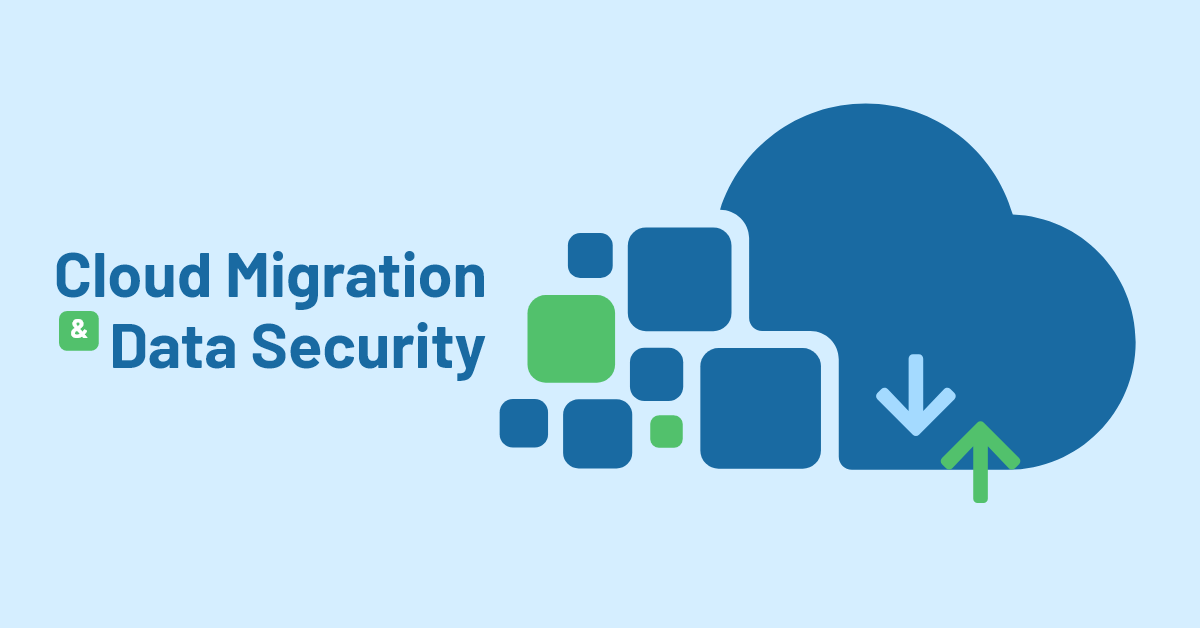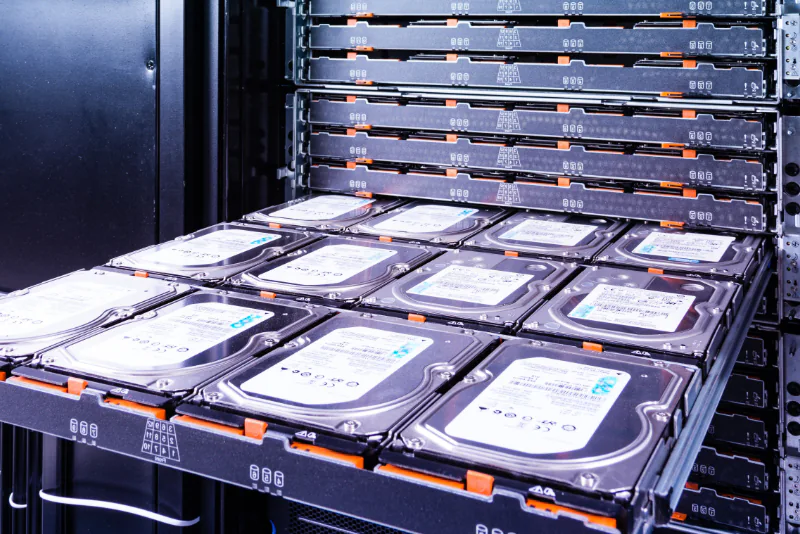
Cloud providers benefit from better infrastructure and resources thanks to their focus on delivering cloud services. This means that cloud data centers are easy to use, highly customizable, and more agile overall than traditional data centers.
One of the greatest benefits of utilizing cloud-based data centers is that your organization’s data is held securely off-premises. Your valuable data is in the hands of reputable vendors with a solid track record for data security and top-level encryption.
However, the process of migrating data does open up the possibility of key risks and vulnerabilities. Data can be breached en-route, either physically by obtaining discarded IT assets or over the network through a cyber attack. For these reasons, it is important to have a robust strategy in place for mitigating the cybersecurity risks during cloud migration.
Make a list of all your IT assets
An integral part of the planning process is to make a list of all the IT assets in your data center. If your inventory list is out of date, update it immediately. Many, if not all, of the assets will be decommissioned, and accounting for them at a later date will prove much more difficult.
Further, take advantage of this opportunity to account for all remote IT Assets such as laptops and mobile phones used by employees working from home that may need to be collected, sorted, or redeployed.
Evaluate every IT Asset and its condition. Note its remaining usable lifespan, whether or not it contains sensitive data – and if so, how it will be transferred and/or destroyed – and how the asset will be disposed of, i.e, hard drive disposal, wiping, recycling, refurbishing, redeployment, or reuse within the organization.

Risk Mitigation

Data Security

Compliance
Regulatory compliance
It is likely your organization is already aware of the regulatory frameworks for data protection that have been established in the United States as well as worldwide. Compliance is absolutely necessary during a cloud migration. Any potential data security risks should be considered and listed, and a compliance officer or key stakeholder within the organization should be responsible for monitoring and evaluating compliance throughout the process.
Maintain data security during cloud migration
One of the most significant steps to ensure data security during a cloud migration is to encrypt your data both at rest and in transit.
Encryption methods for data transfers protect data in motion and greatly mitigate the chances of sensitive data falling into the wrong hands. Network encryption should be in place within your organization regardless, but it is extremely essential during a cloud migration.
Ensure sensitive data is securely destroyed
Transferring your data to the cloud is the desired outcome. However, you must also account for the old hard drives, data servers, or any other media containing sensitive data to make sure they are processed thoroughly and securely. Data Destruction services such as hard drive wiping or hard drive shredding ensure that all data is made irretrievable, thus eliminating a major source of data breach to the organization.


Choose OceanTech for secure ITAD services
Transitioning to cloud servers can be a great way to benefit the environment and reduce the IT budget, but it comes with many risks. Cloud migration data security requires careful planning and execution, which is a Data Center service that we provide at OceanTech.
In addition, we provide environmentally friendly, liability-free electronic recycling and asset management services. Our processes are designed to bring value back to our clients and reduce the amount of equipment entering the waste stream.


